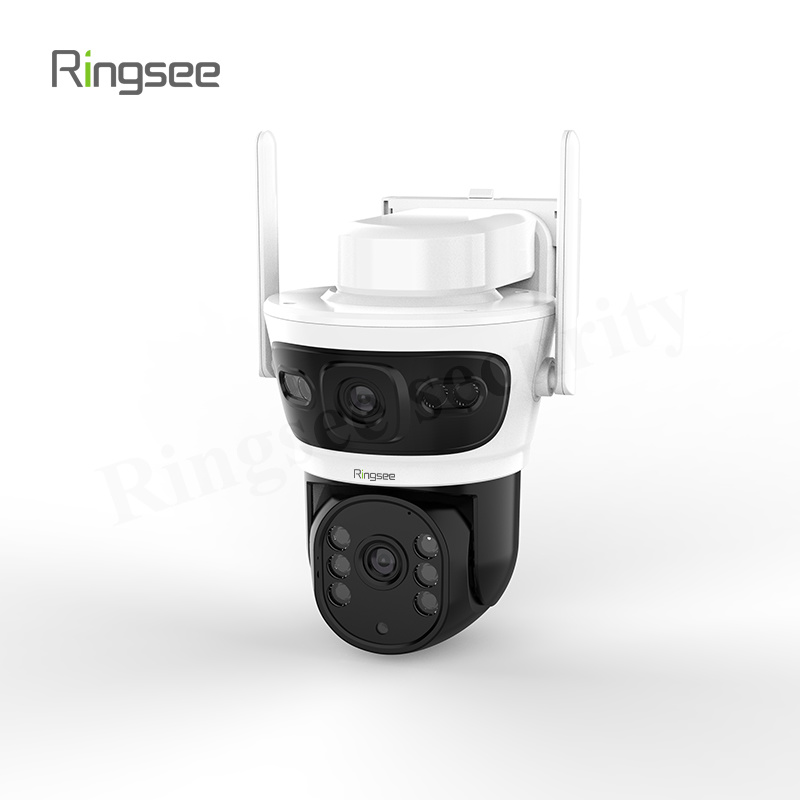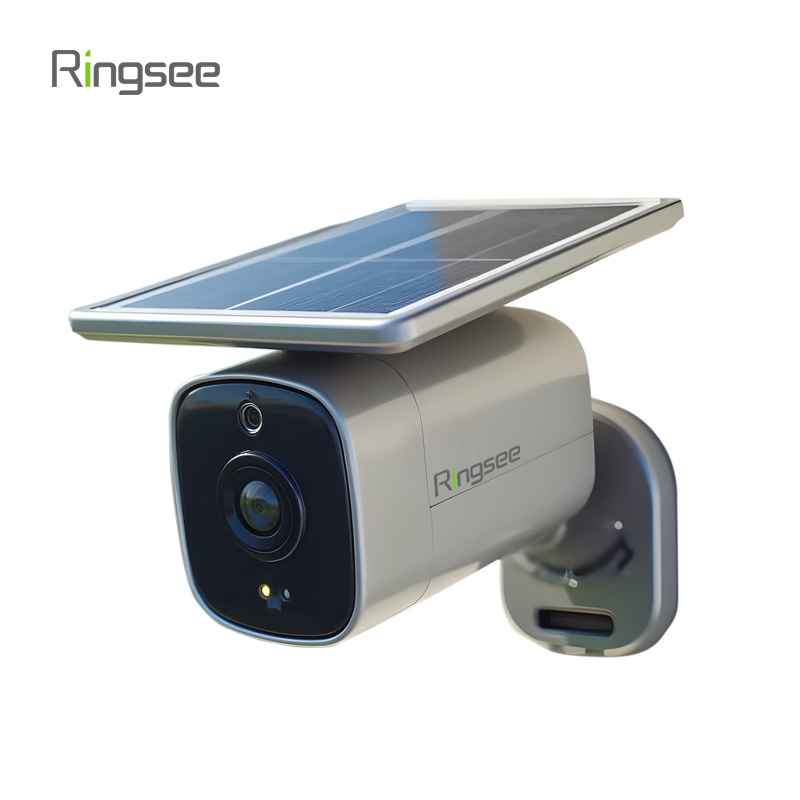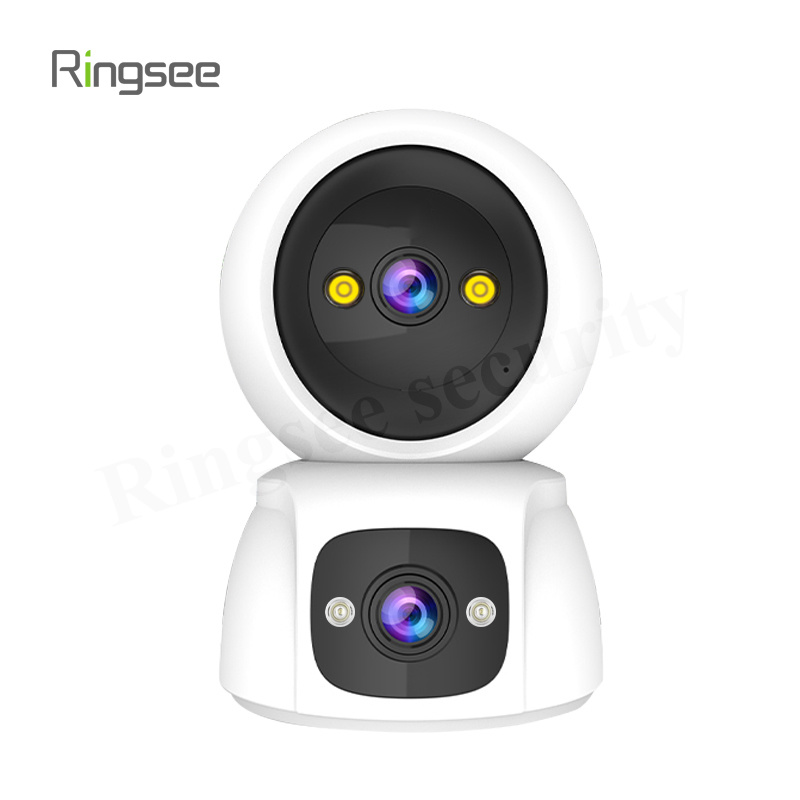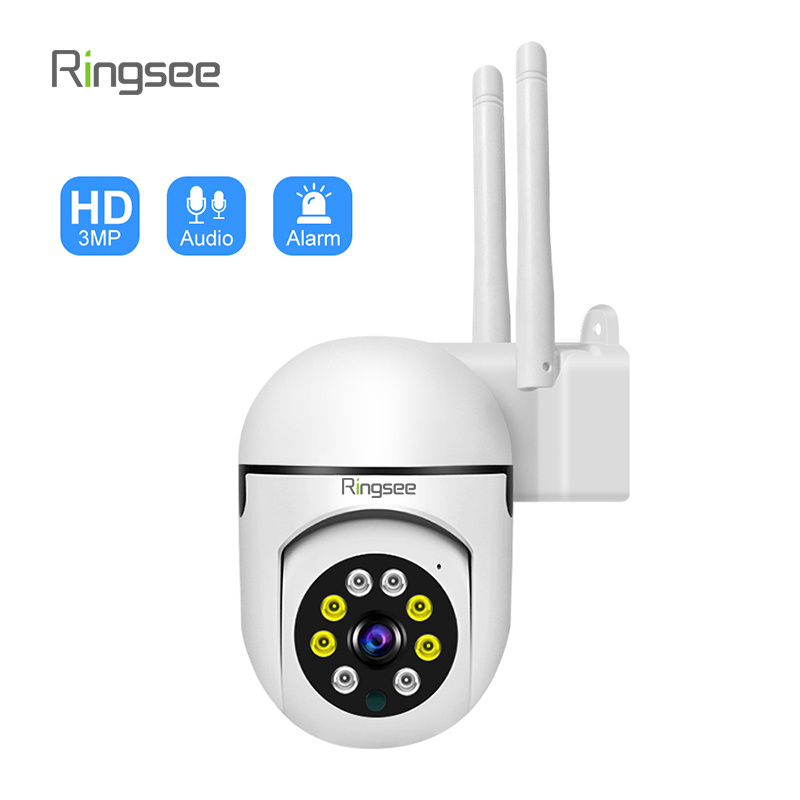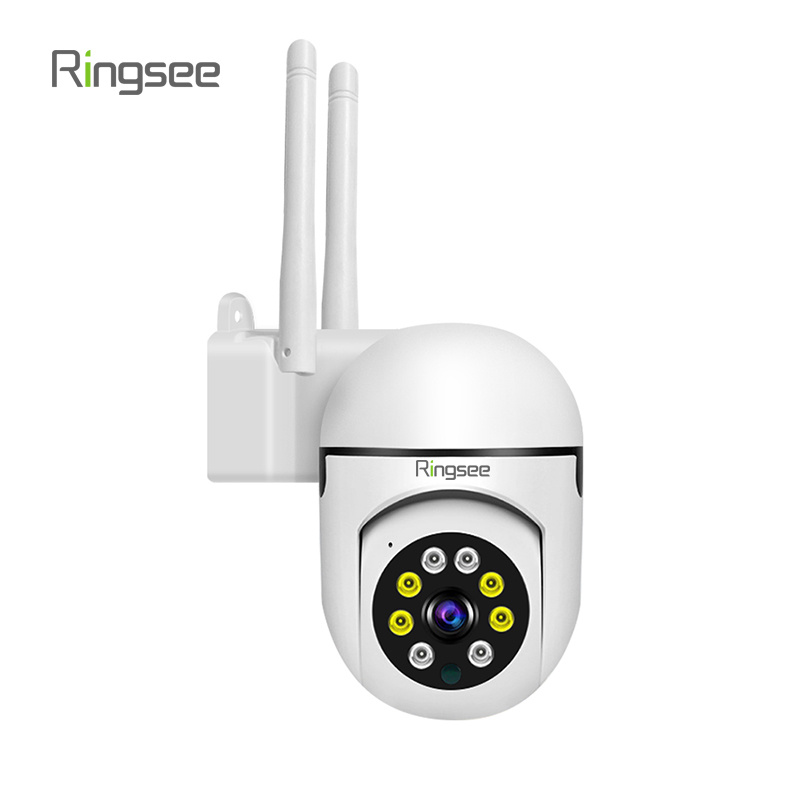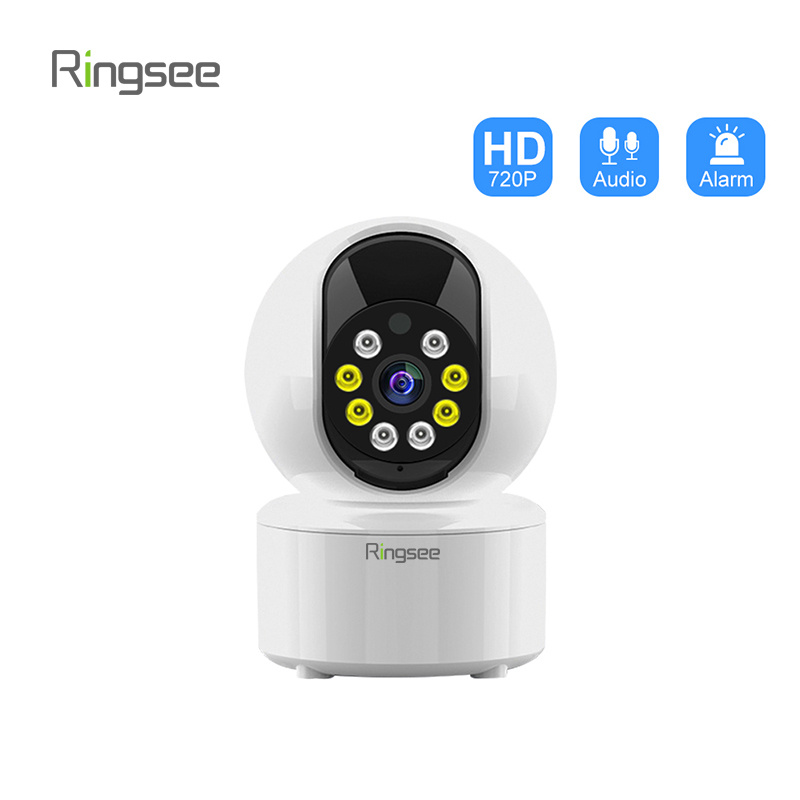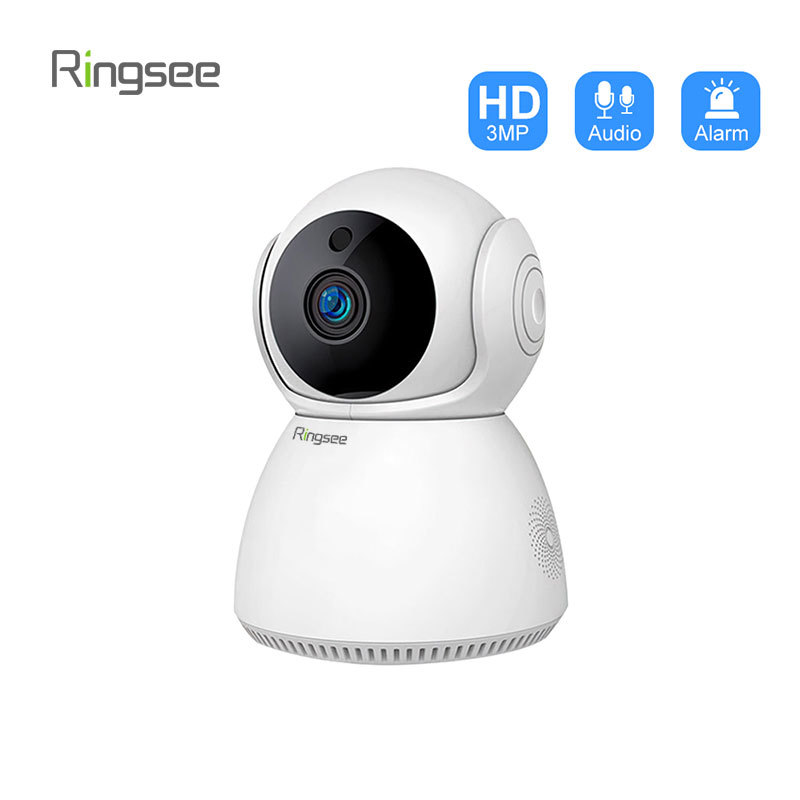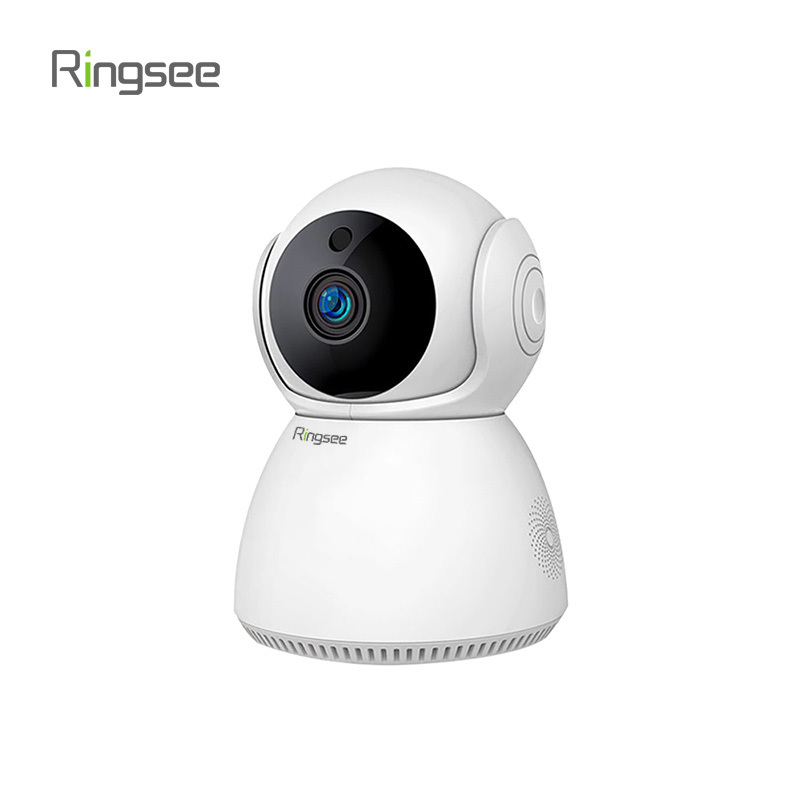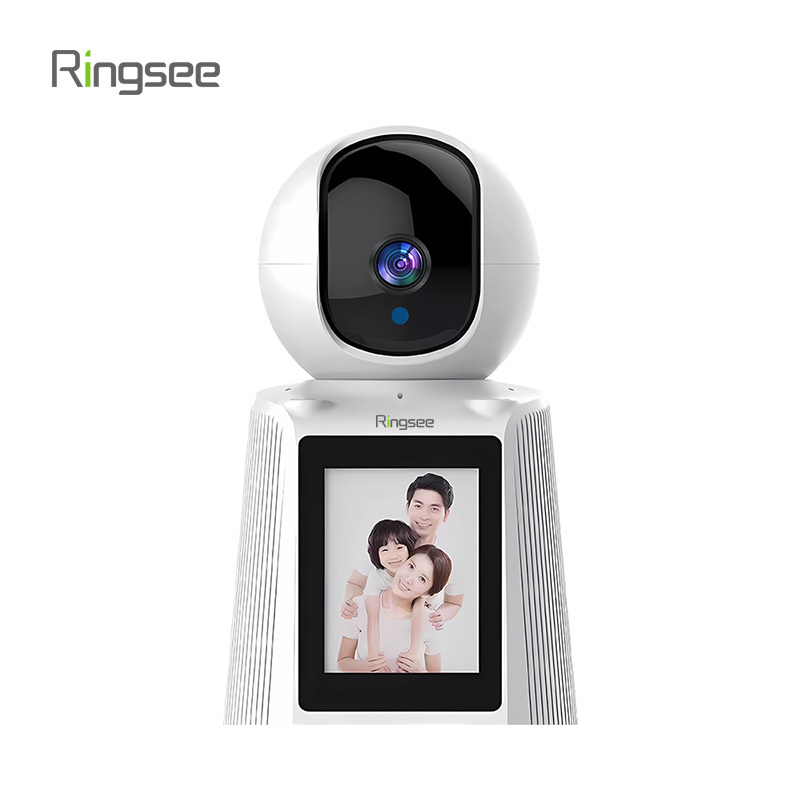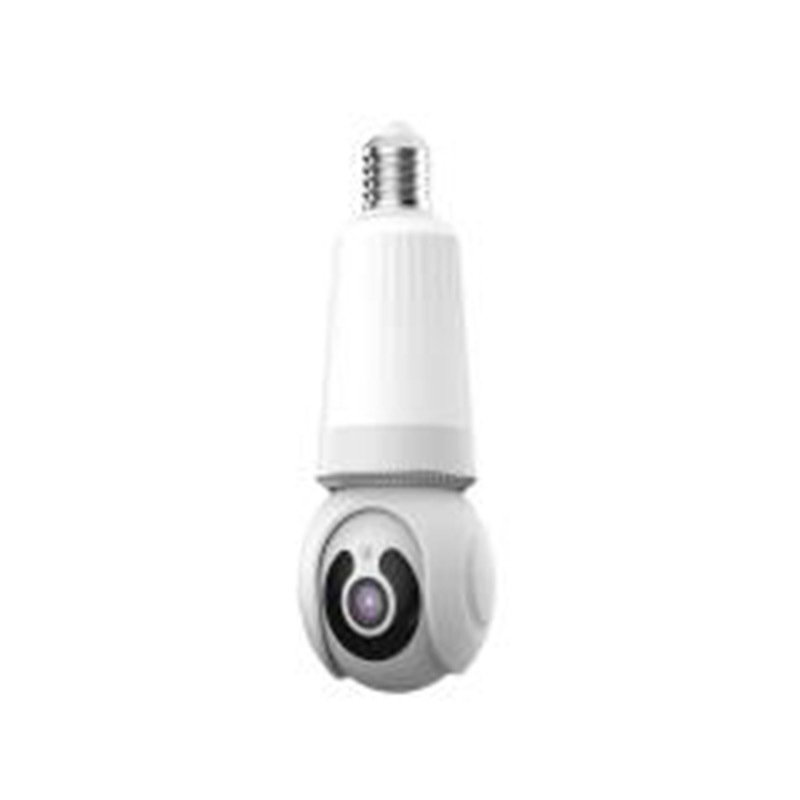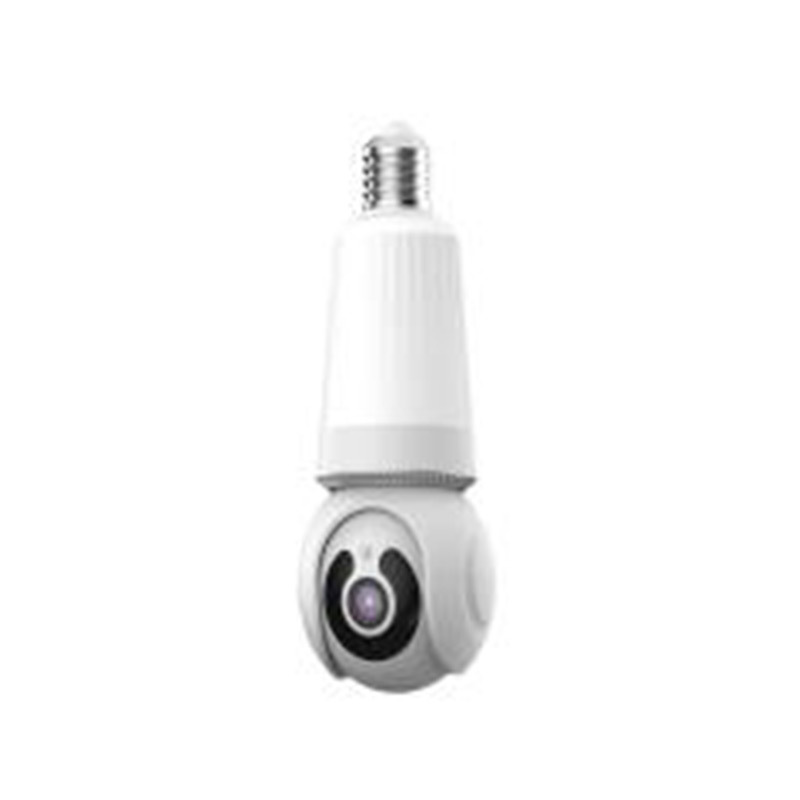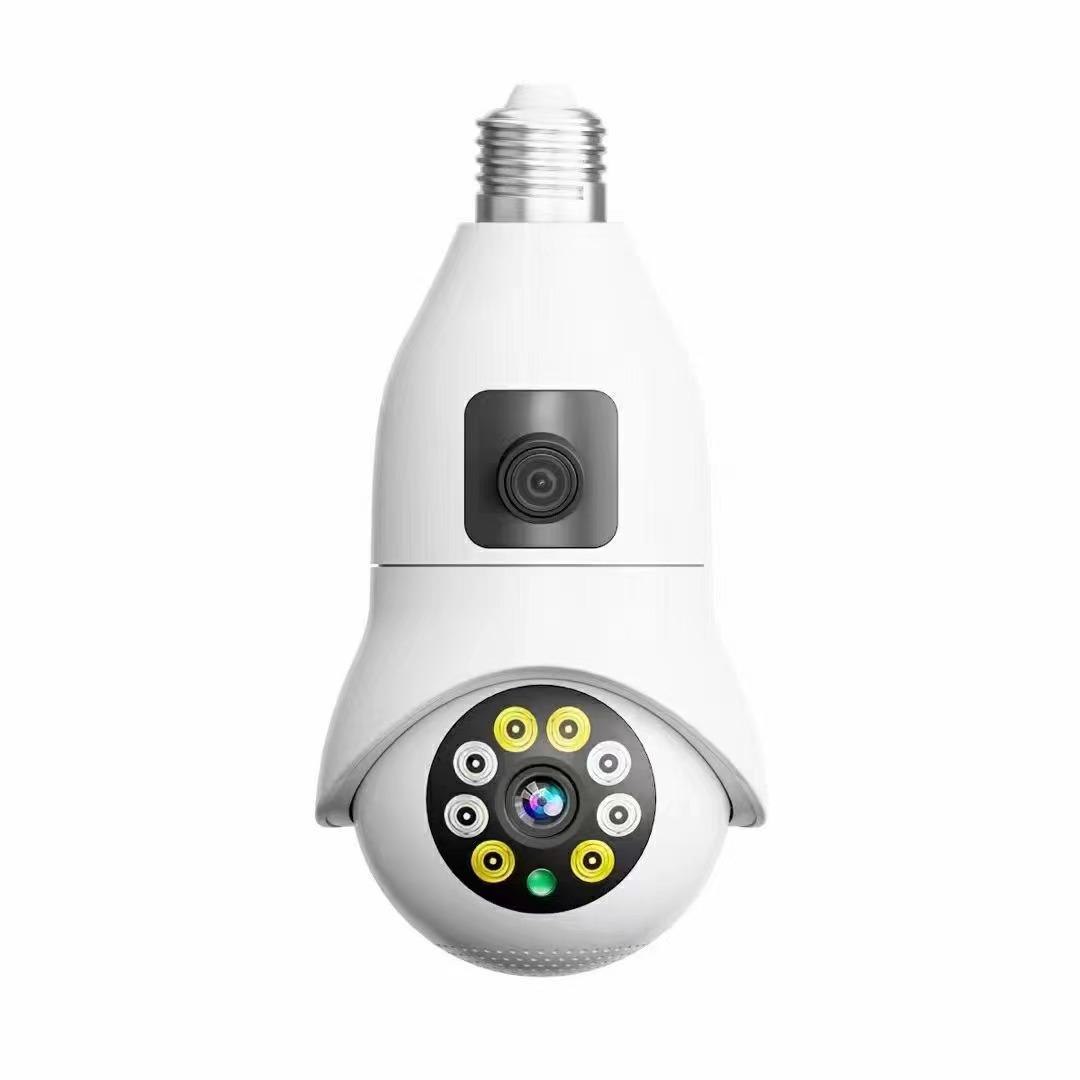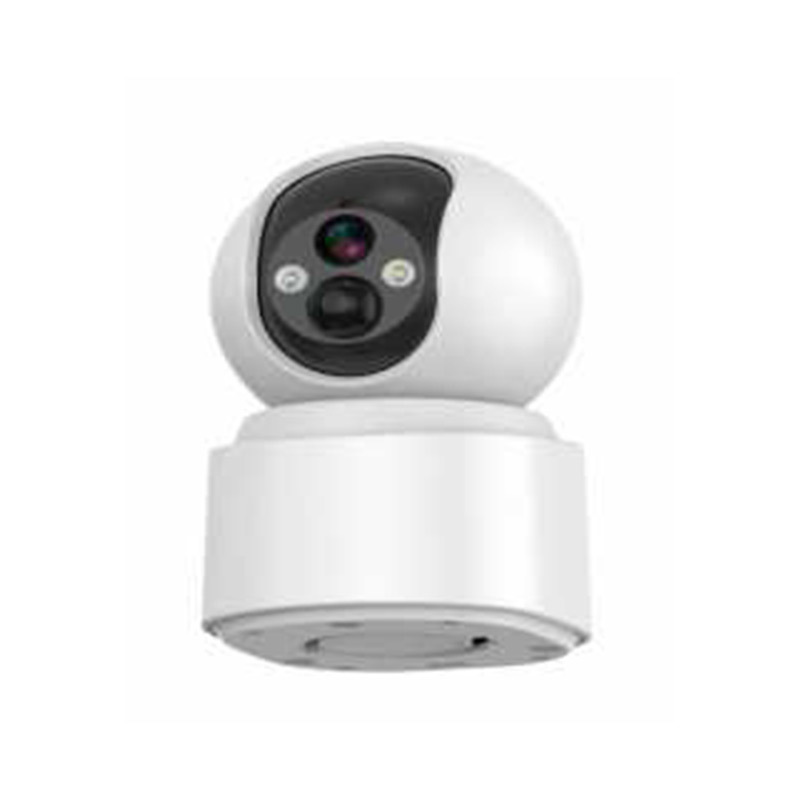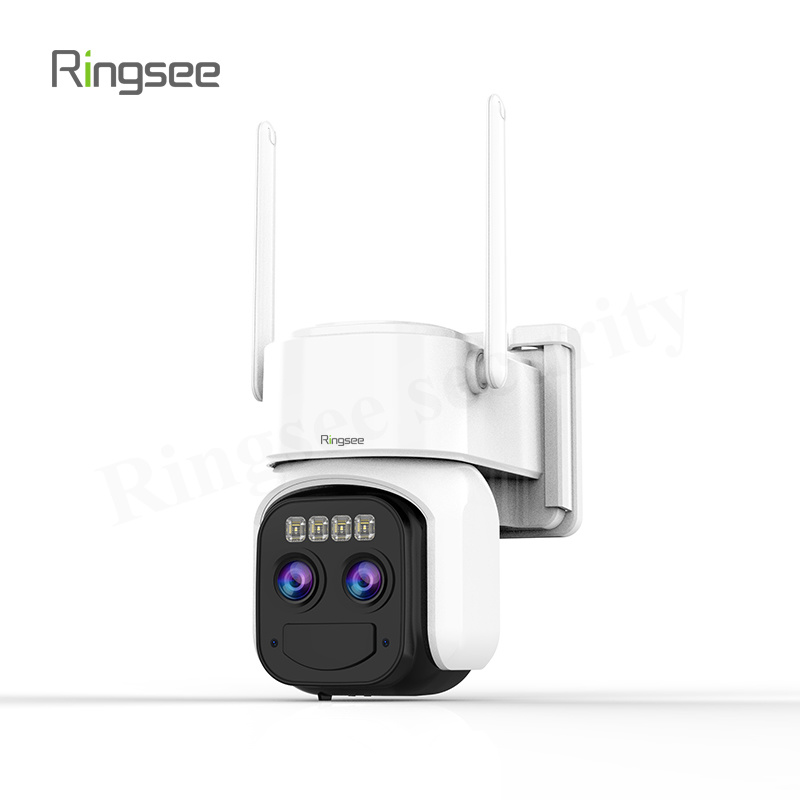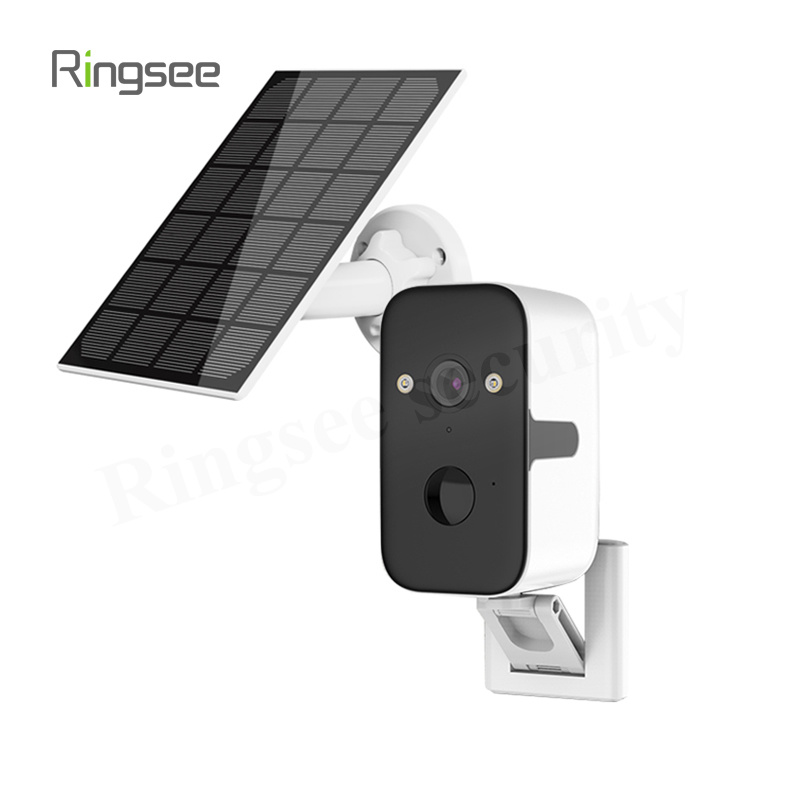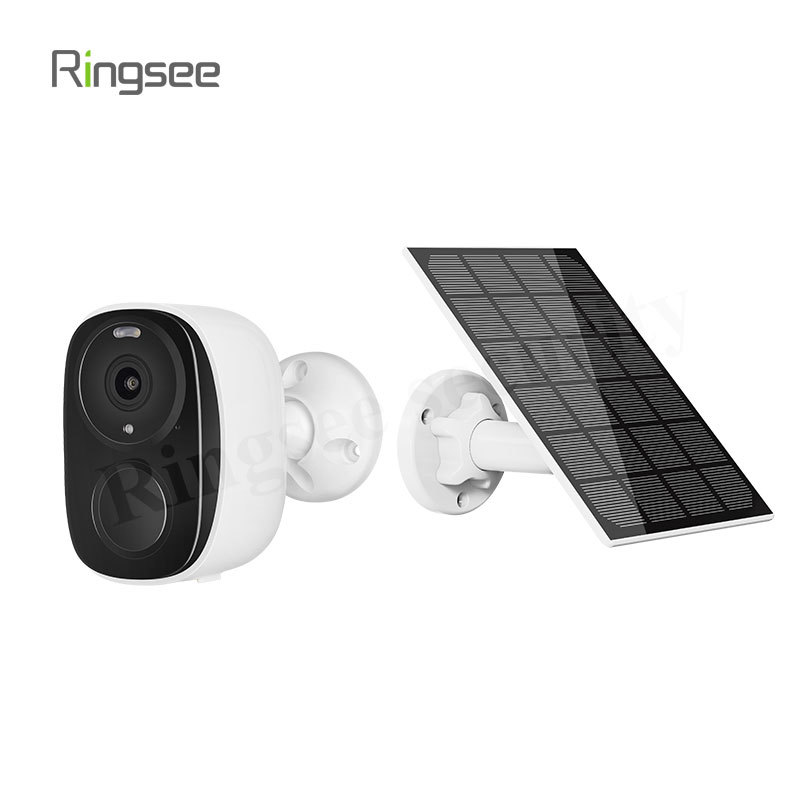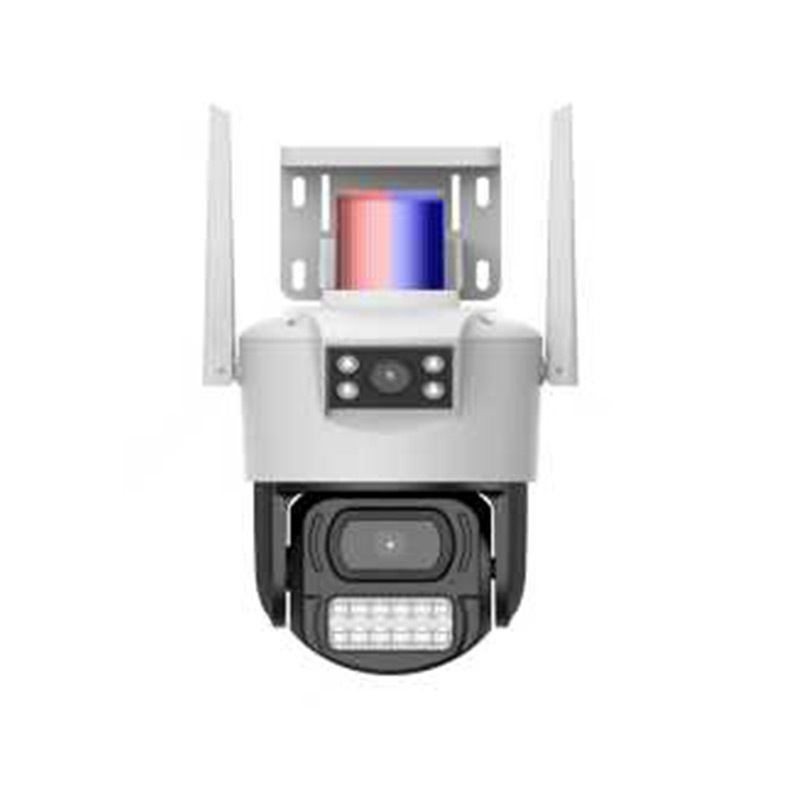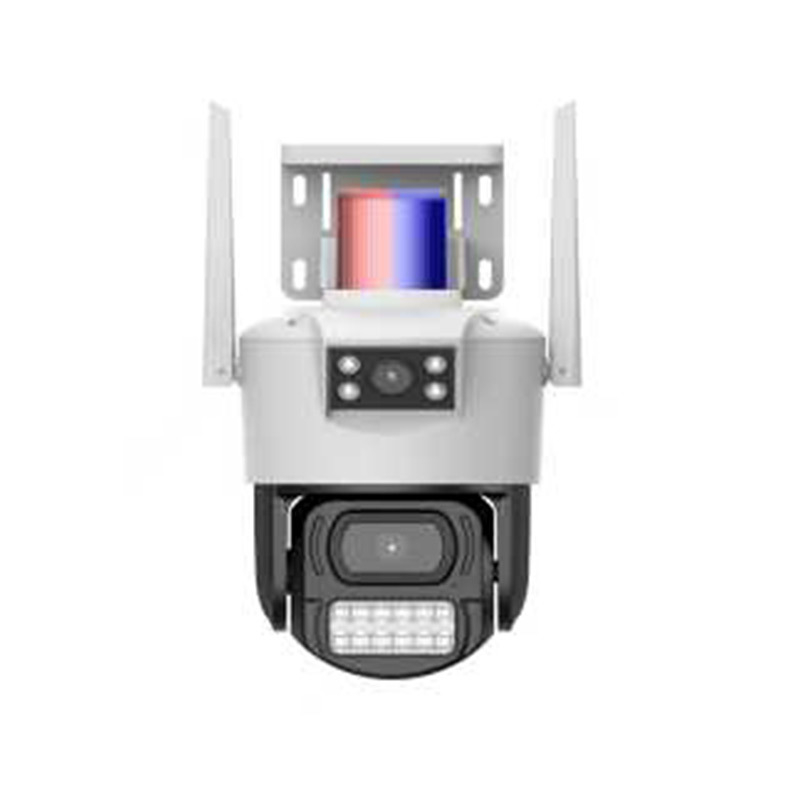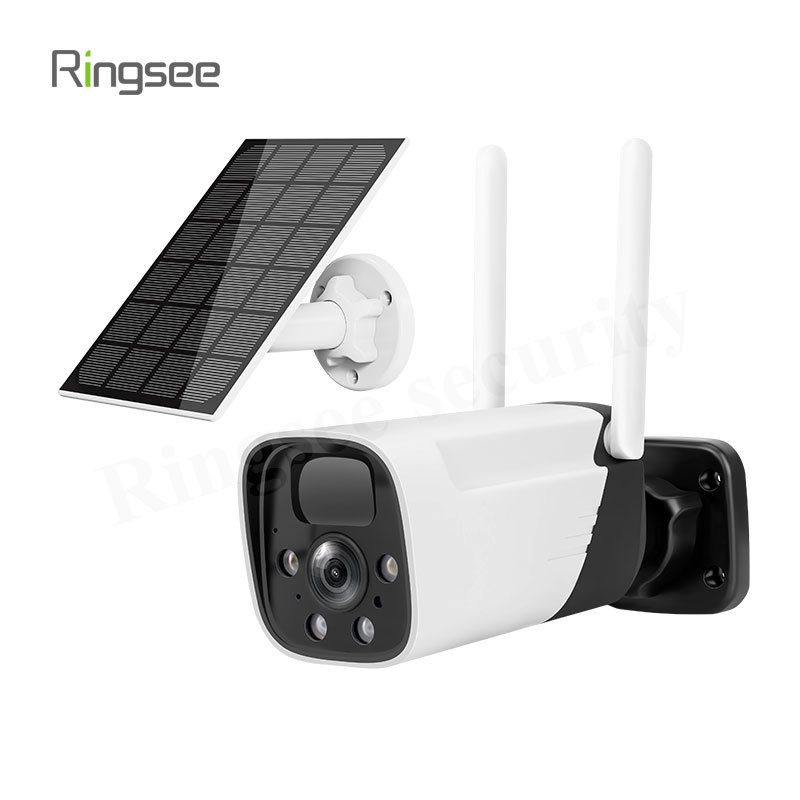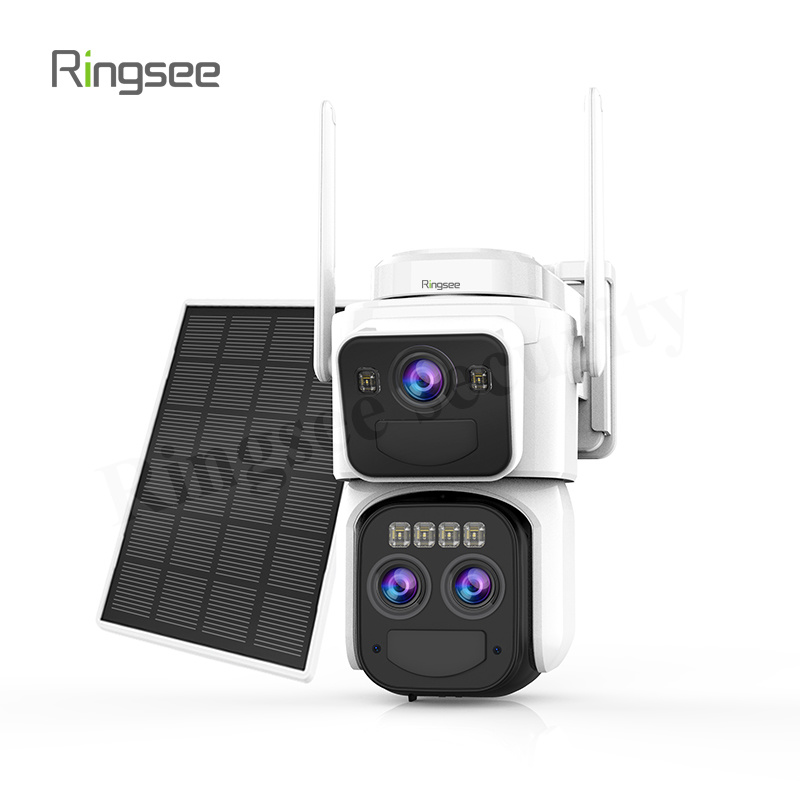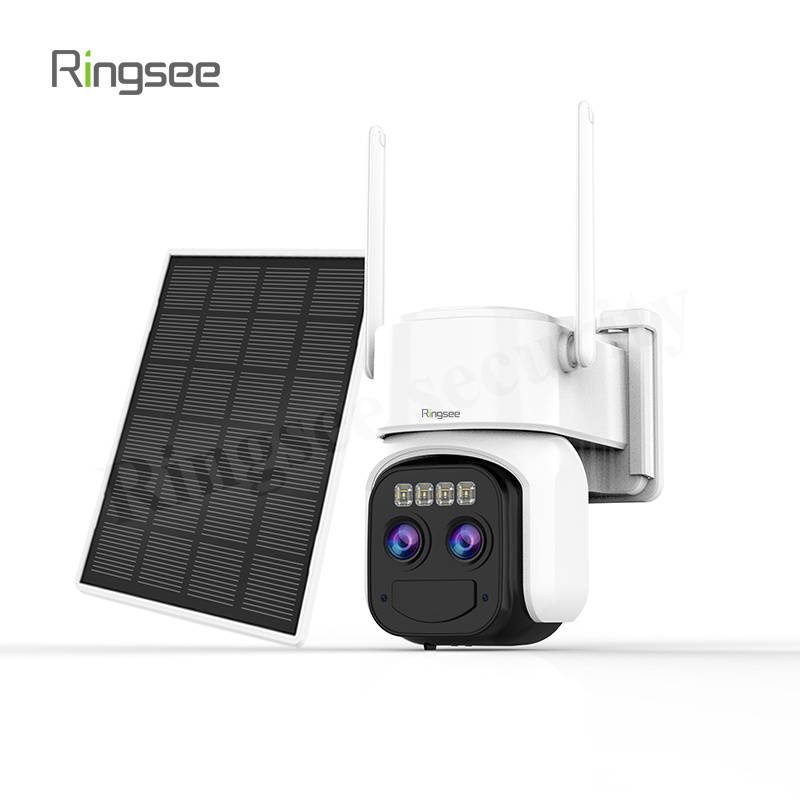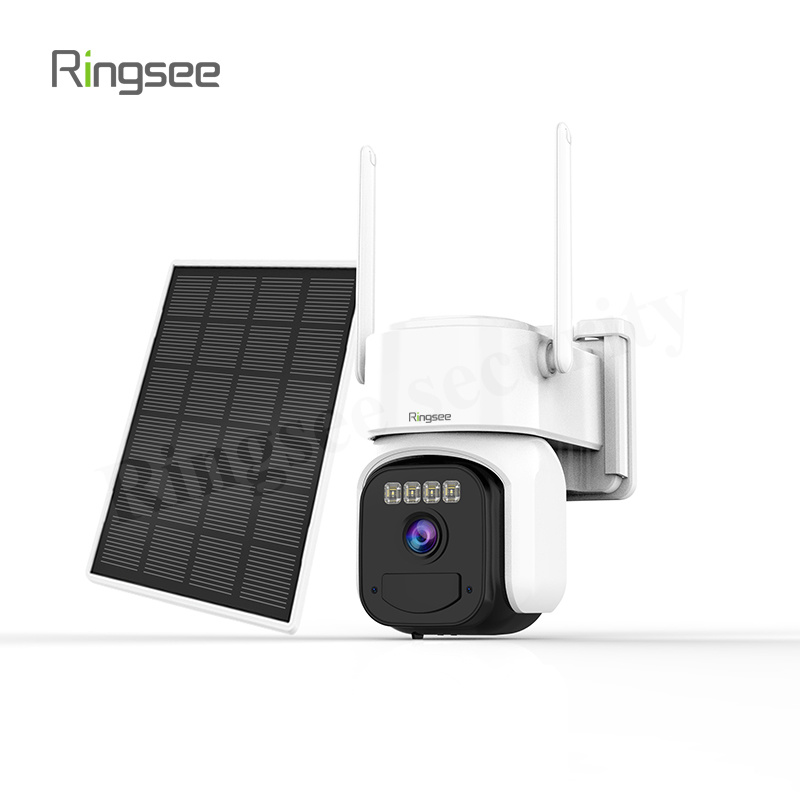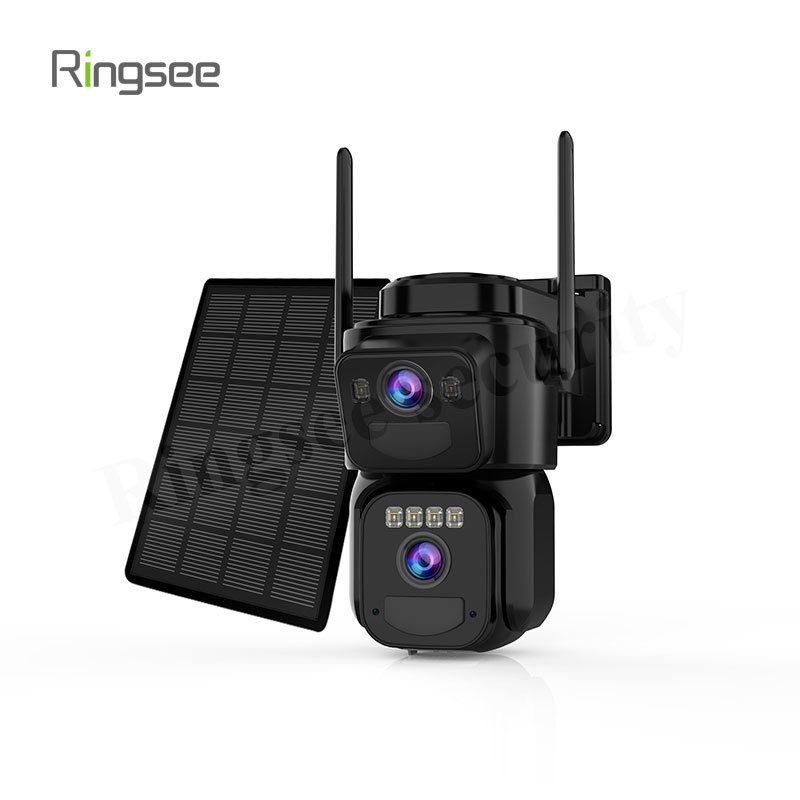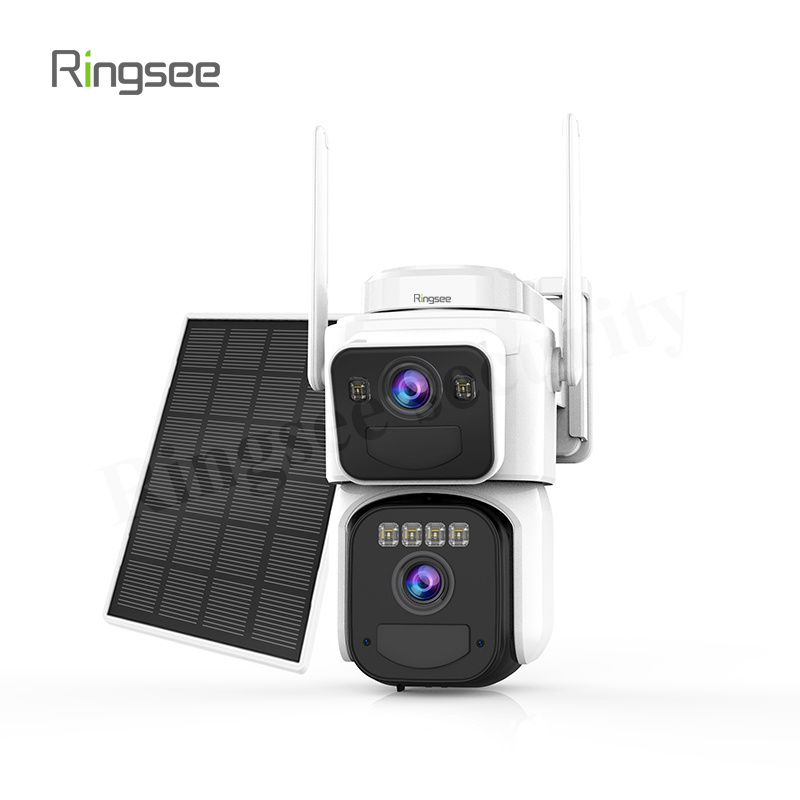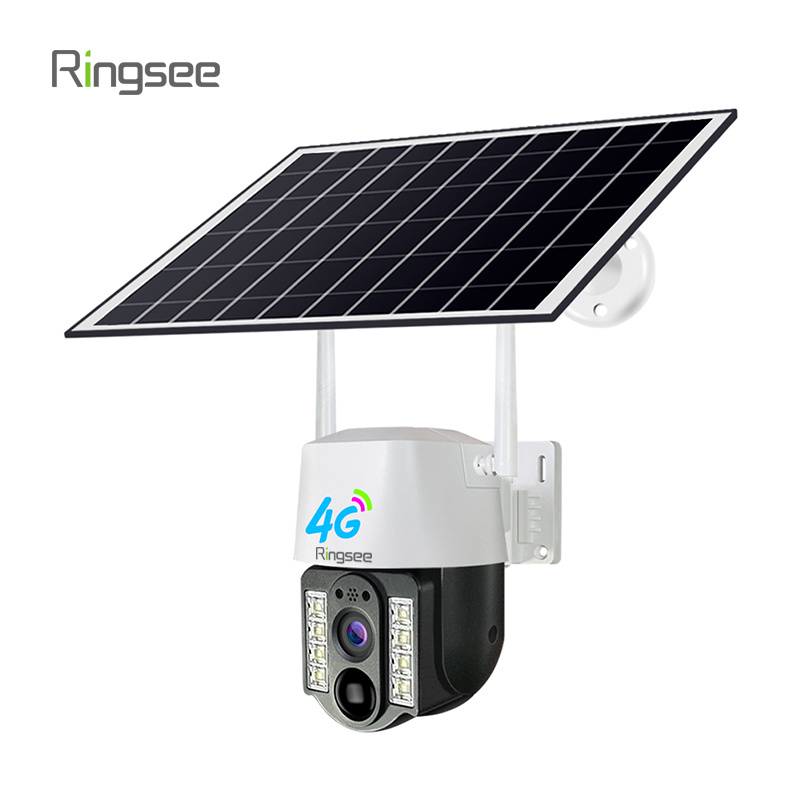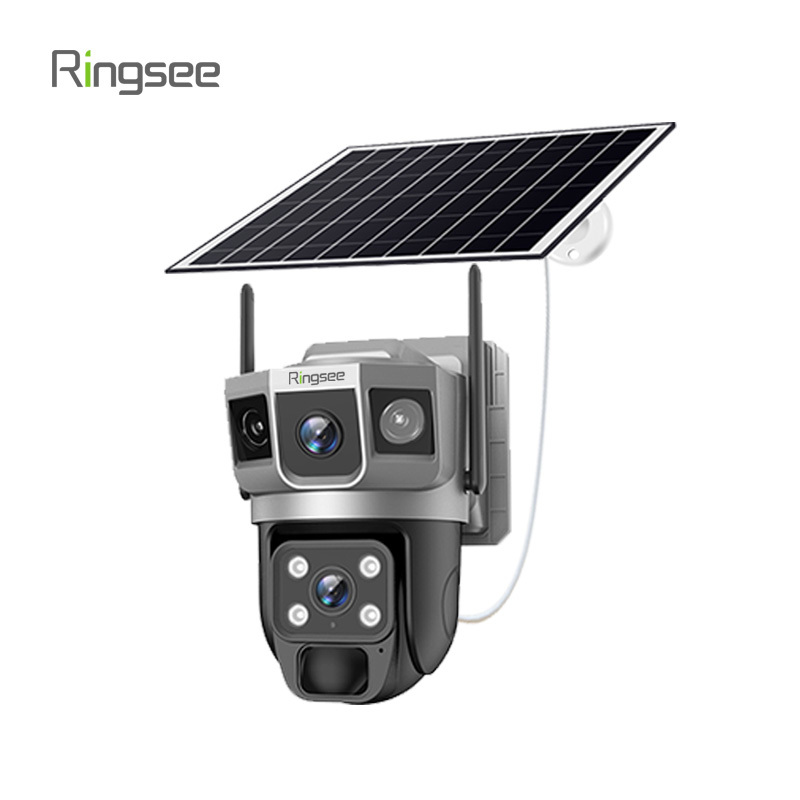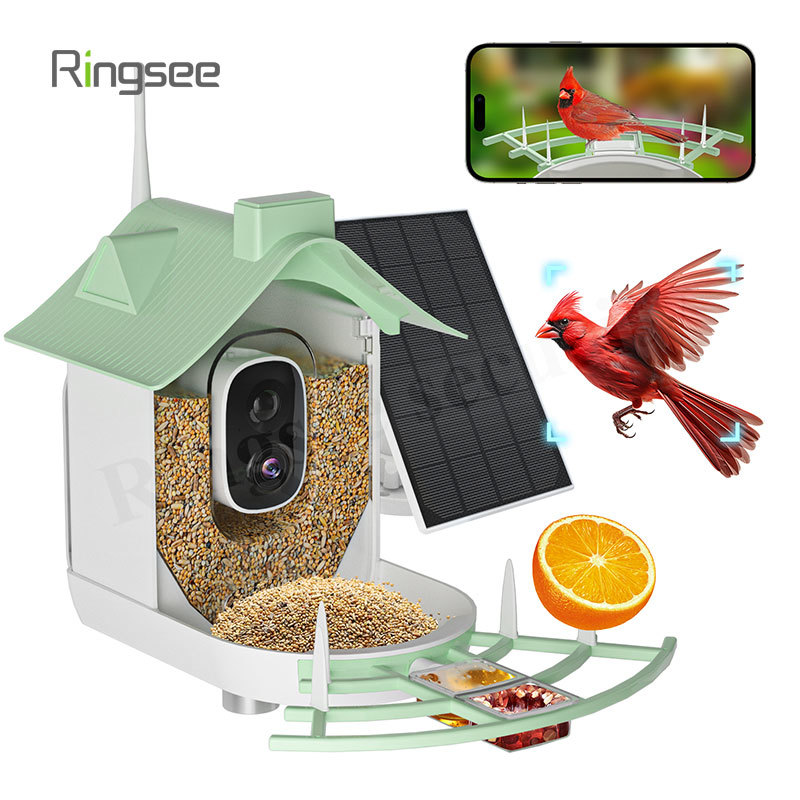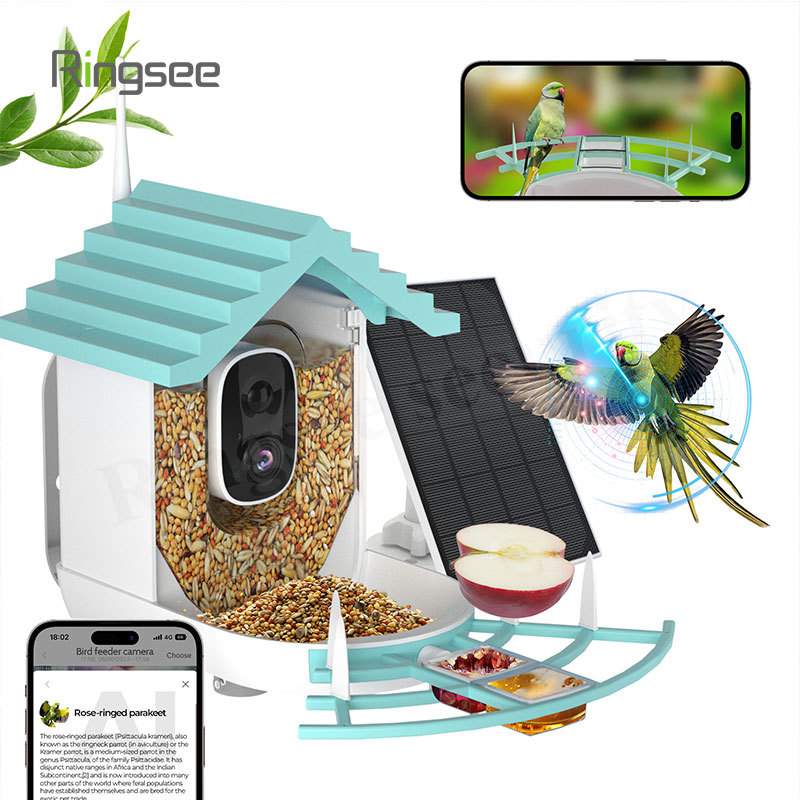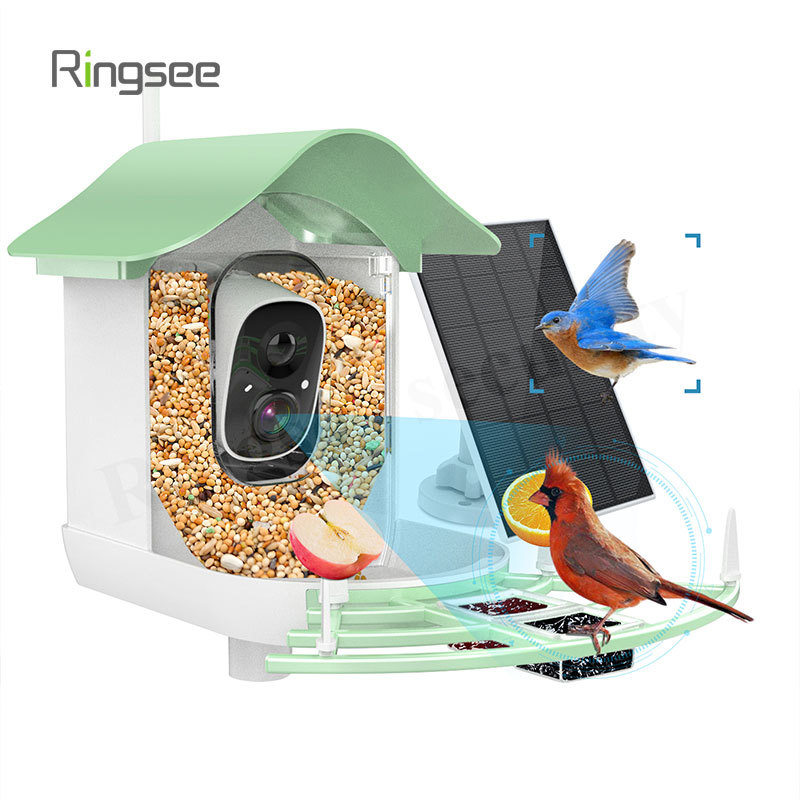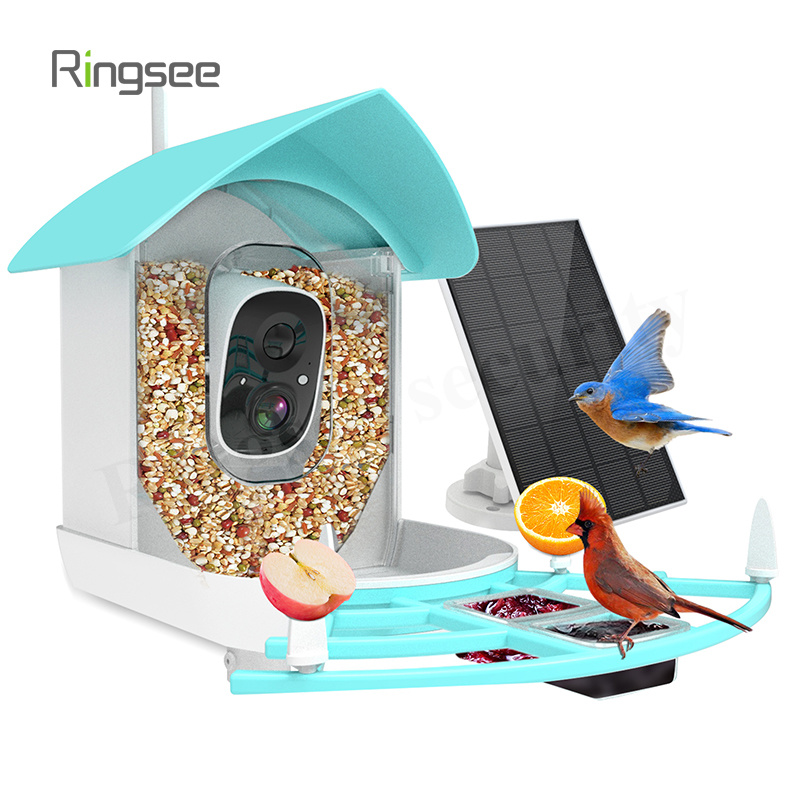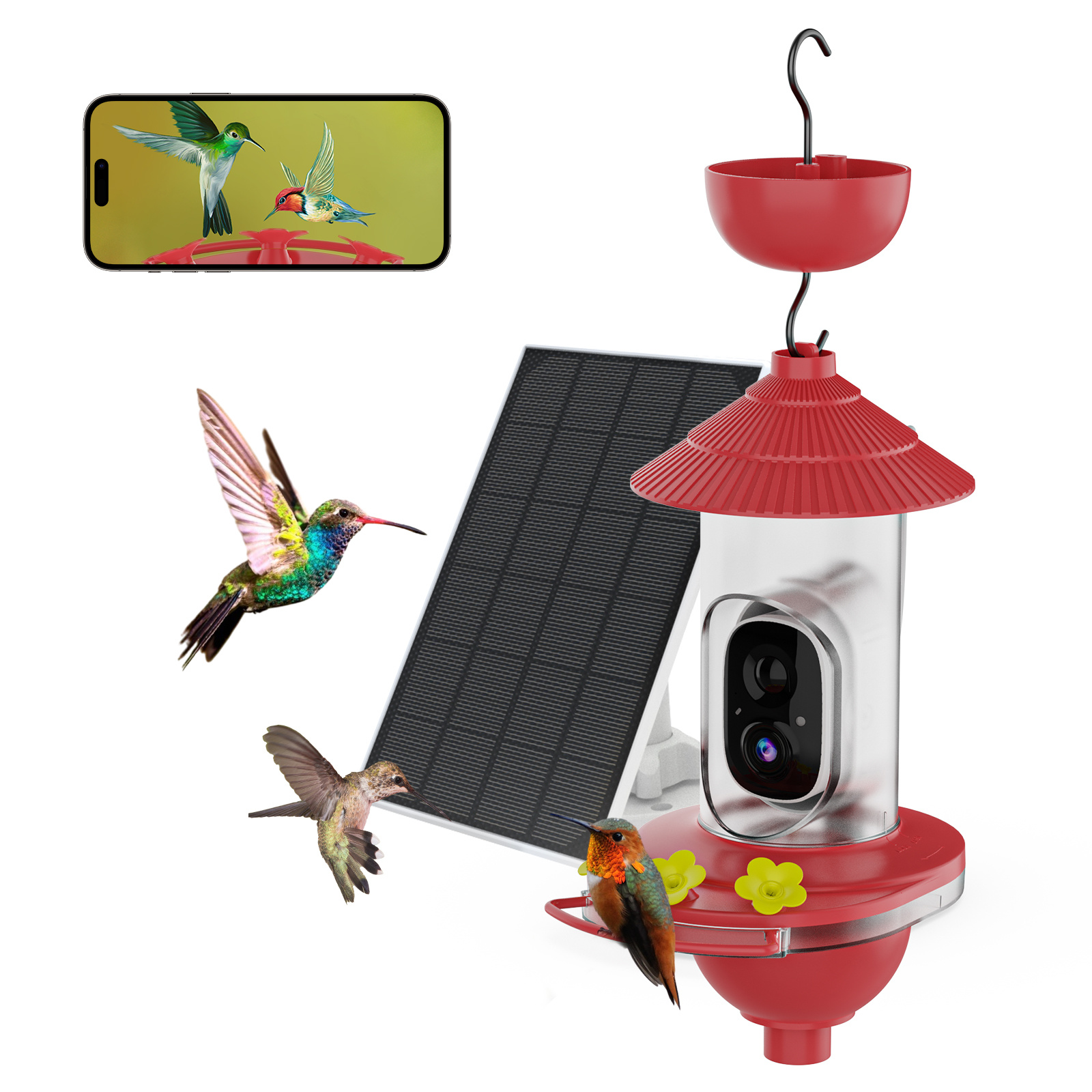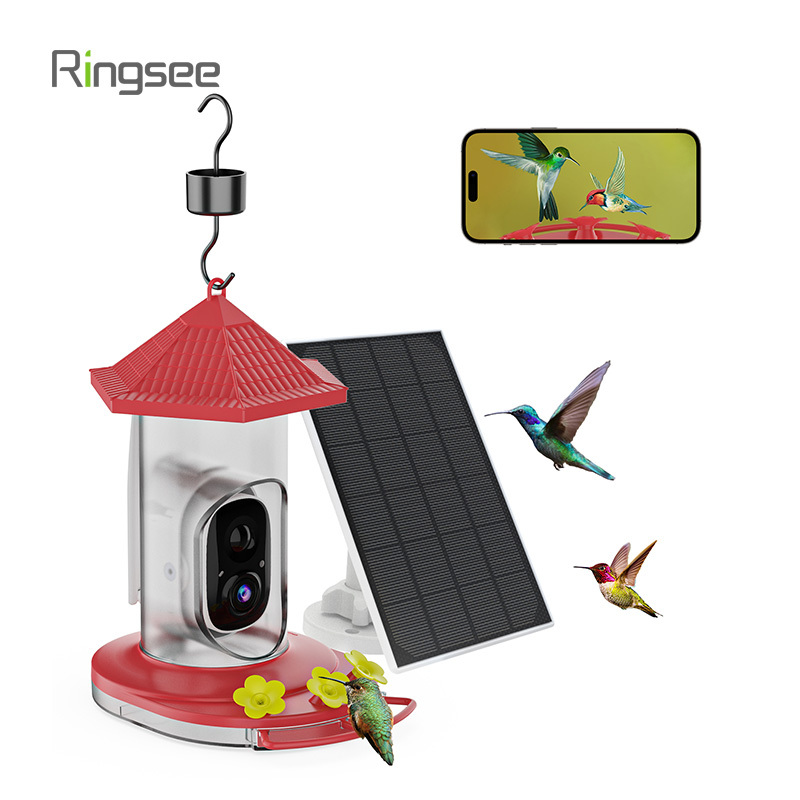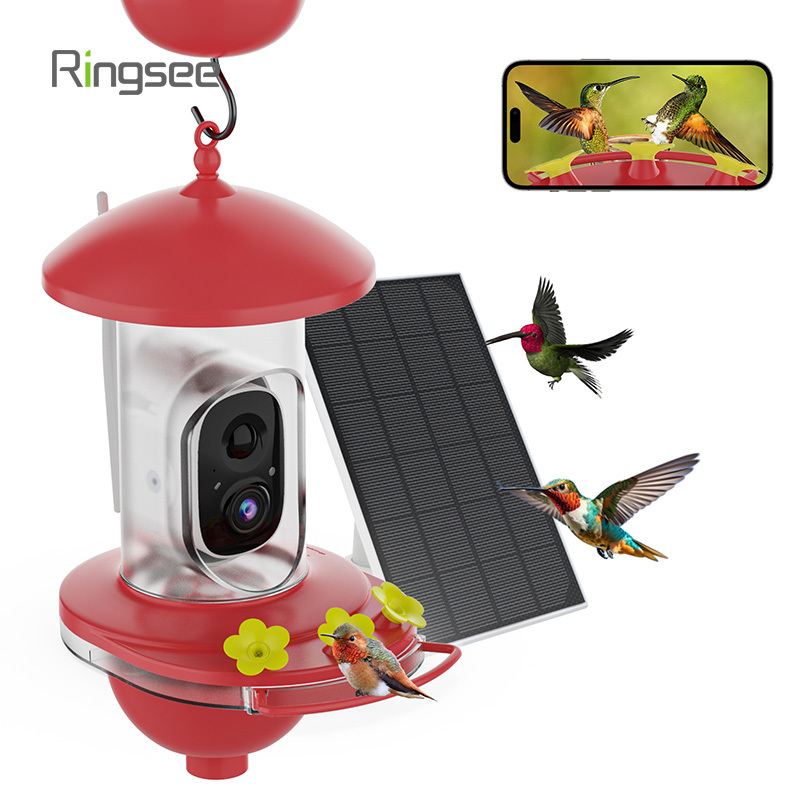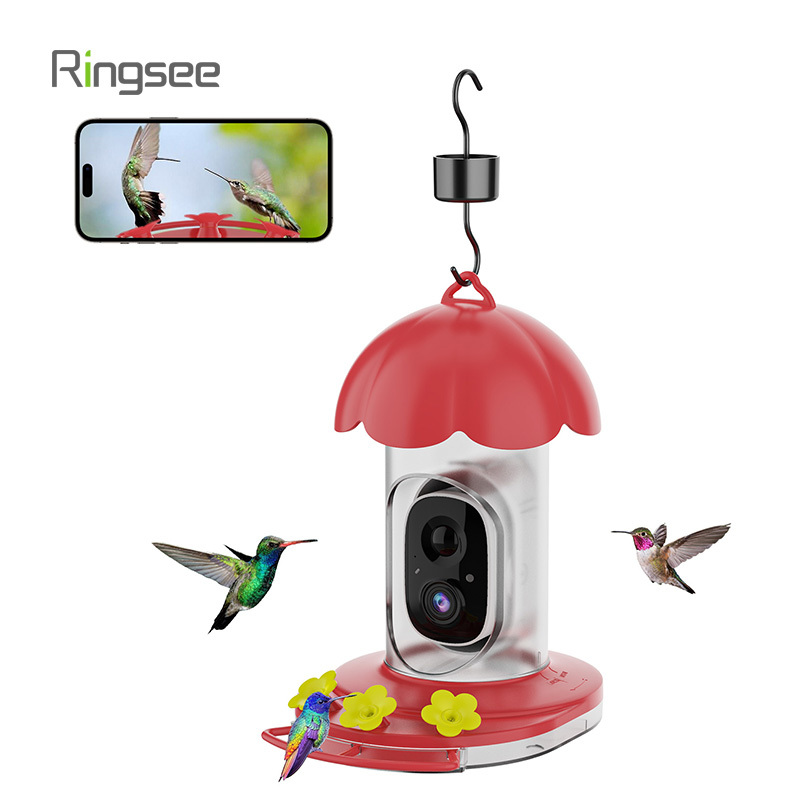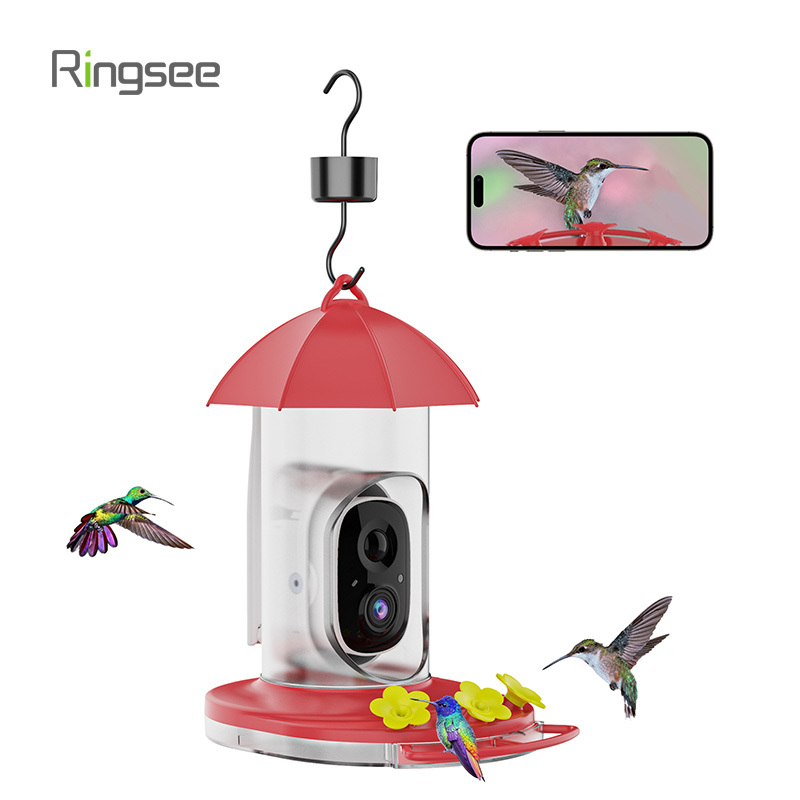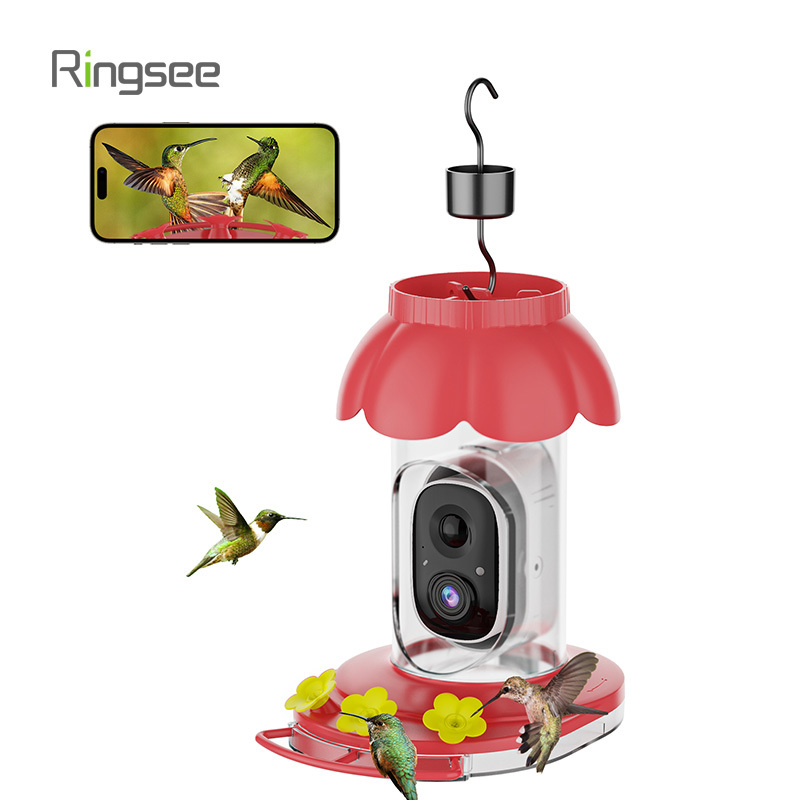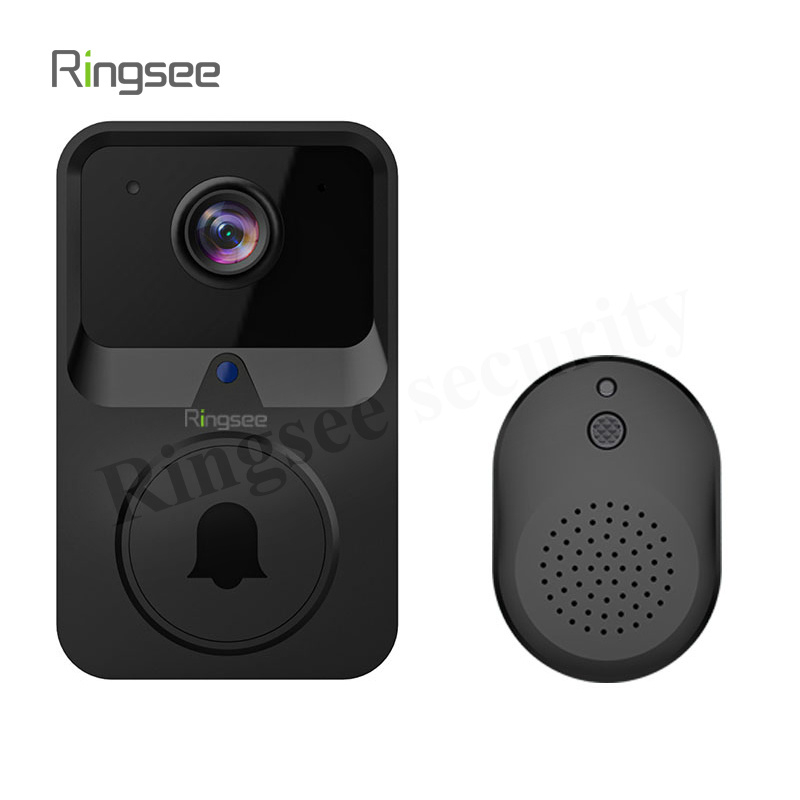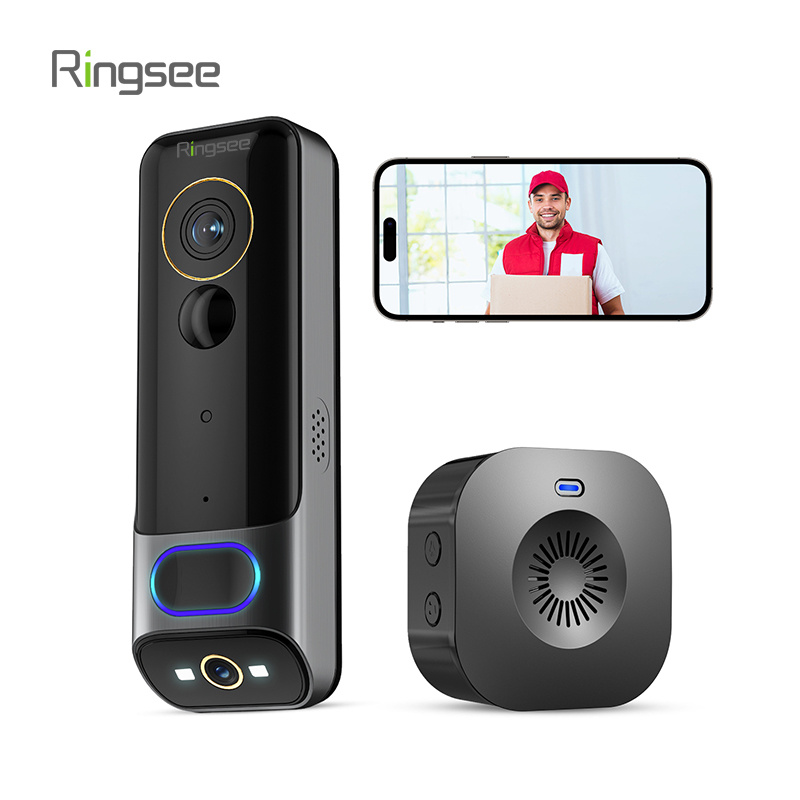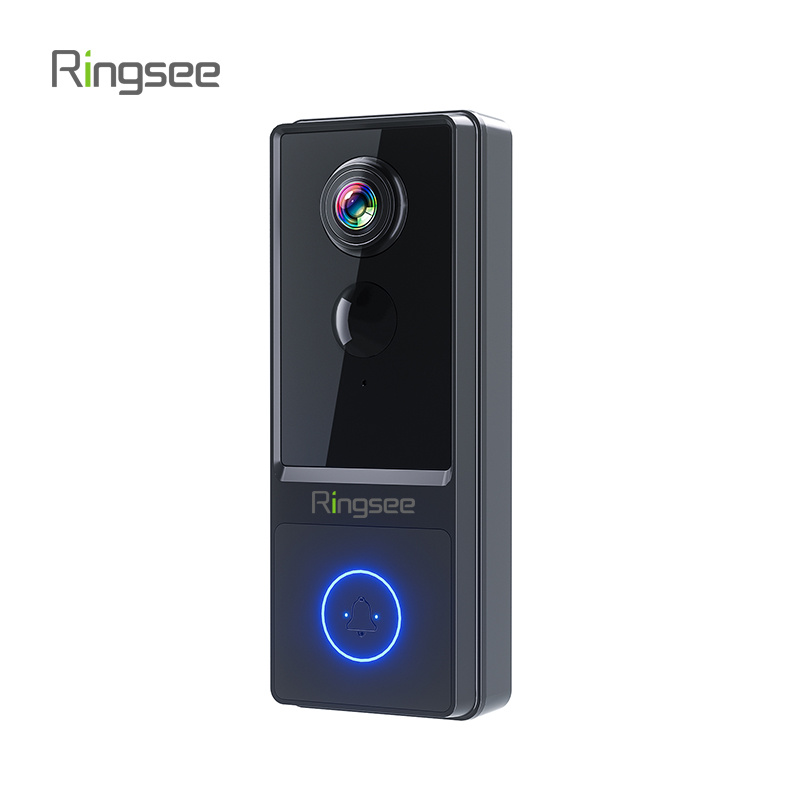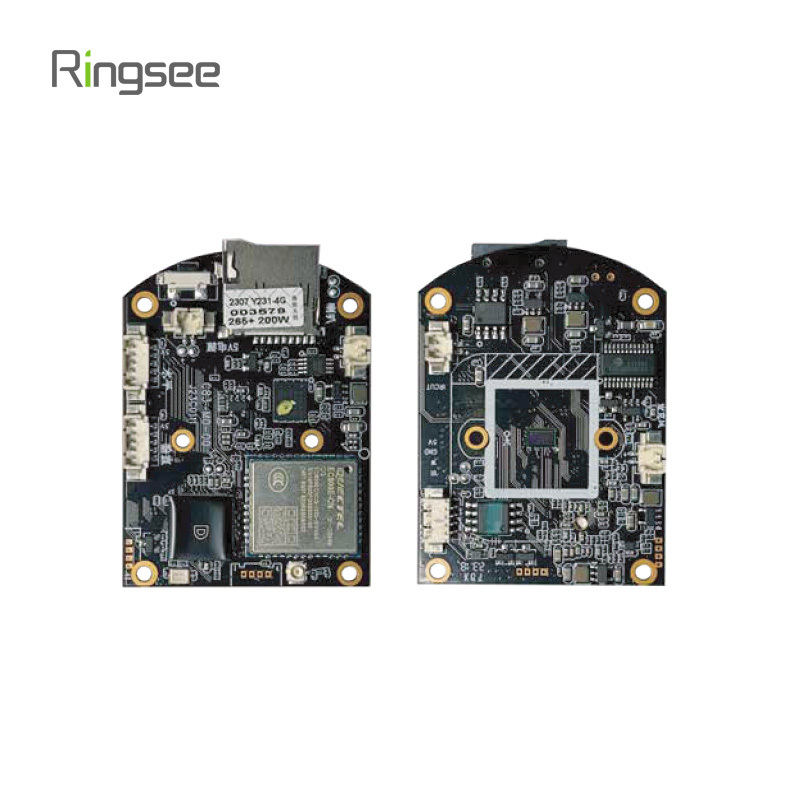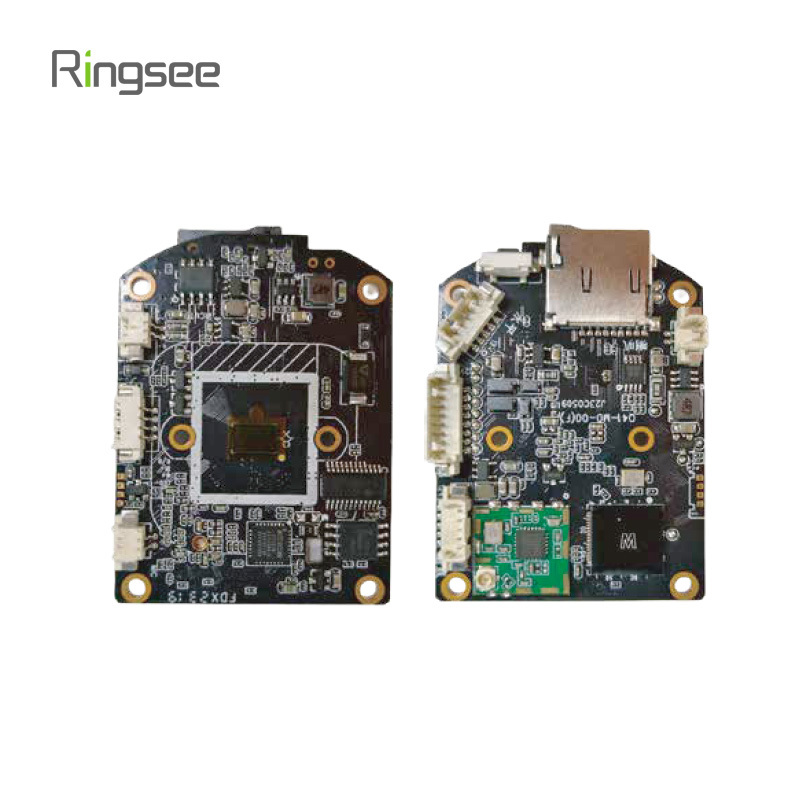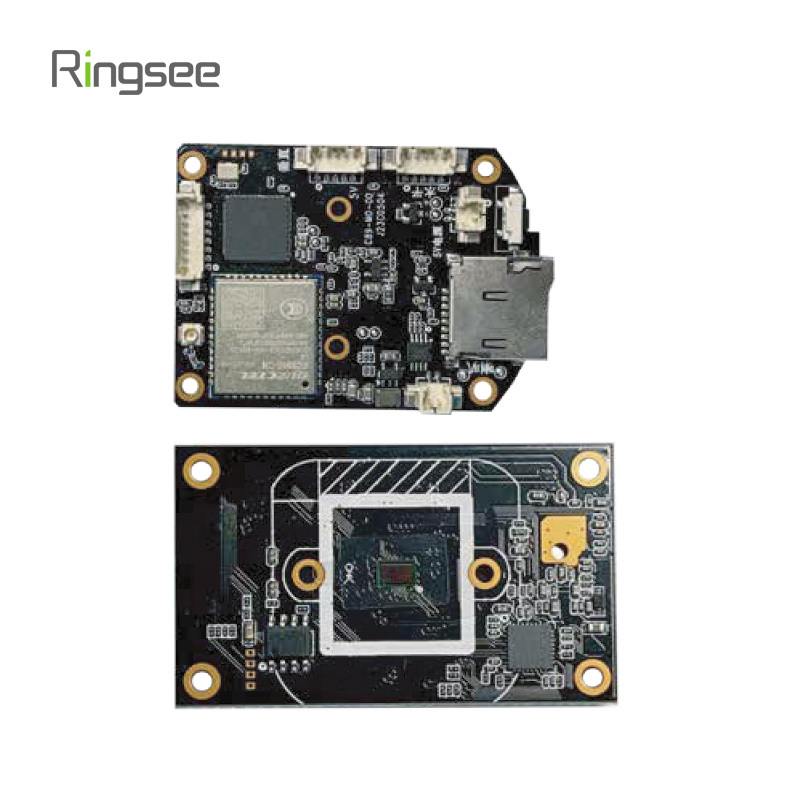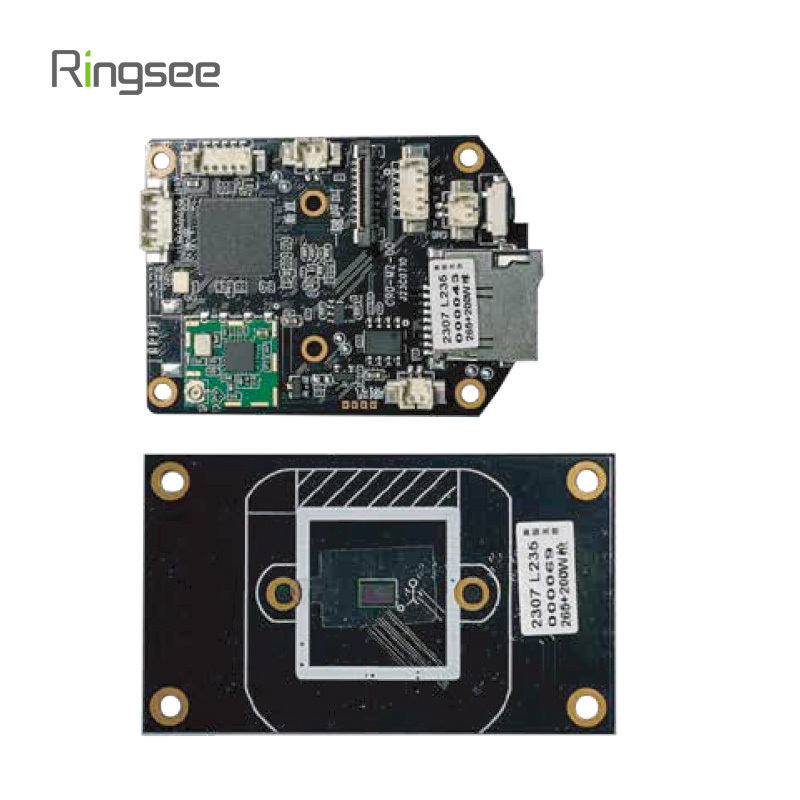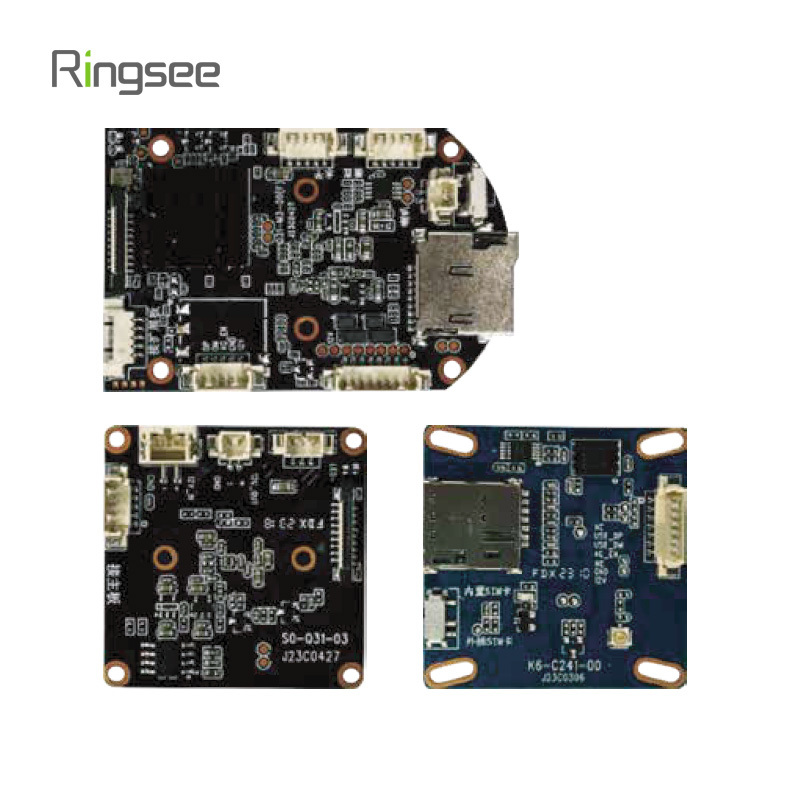Integrating Solar and Battery with 4G Modules: What System Designers Must Know
Publish:
2025-06-20 11:40
Source:
https://www.ring-see.com
As smart surveillance and remote IoT applications expand into off-grid and low-infrastructure areas, solar-powered 4G camera systems are becoming the go-to solution. For OEMs and device integrators, successful deployment hinges on deep technical understanding of power, connectivity, and environmental resilience.
Why Solar + 4G Integration Matters
This guide outlines what engineers and system designers need to know when integrating solar and battery power with 4G modules.
Power Considerations for 4G Modules
Understand 4G Power Profiles
4G modules have varying power needs depending on operational states:
Idle/Standby: Minimal consumption, often under 10mA.
Data Transmission: Can spike up to 2A or more during uploads.
Wake Cycles: Especially important in motion-triggered camera systems.
Pro Tip: Include a 20–30% power overhead in your design budget to handle transmission bursts and environmental factors.
Use Power-Saving Features
Enable eDRX (Extended Discontinuous Reception) or PSM (Power Saving Mode) in firmware.
Configure event-based wake-up (e.g., PIR or AI detection).

Solar Panel and Battery Design
Solar Panel Sizing Guidelines
Ensure the panel provides adequate energy throughout the day:
Minimum 6W panel recommended for low-power 4G applications.
Use high-efficiency monocrystalline solar cells.
Position panels with optimal sun exposure—ideally south-facing in the northern hemisphere.
Battery Selection & Storage
Choose batteries based on runtime and durability:
Capacity: ≥10,000mAh is ideal for 2–3 days of backup.
Type: Prefer LiFePO4 over Li-ion for outdoor temperature tolerance and longer lifespan.
Protection Circuitry: Include BMS (Battery Management System) to avoid overcharge/discharge.
Charge Controller Integration
Incorporate a smart charge controller:
Use MPPT (Maximum Power Point Tracking) for better efficiency over PWM.
Ensure support for low-light charging and temperature compensation.
| Component | Design Recommendation |
|---|---|
| Solar Panel | ≥6W for low-power 4G modules |
| Battery | ≥10,000mAh Li-ion/LiFePO4 |
| Voltage | Match module spec (commonly 3.7V or 5V regulated) |
Designing for Outdoor Environments
Thermal & Environmental Tolerance
Outdoor devices must survive harsh conditions:
Choose industrial-grade 4G modules rated for -30°C to +75°C.
Use IP65/IP66-rated enclosures for protection against water and dust.
Add temperature sensors to disable charging during freezing or extreme heat.
UV and Corrosion Protection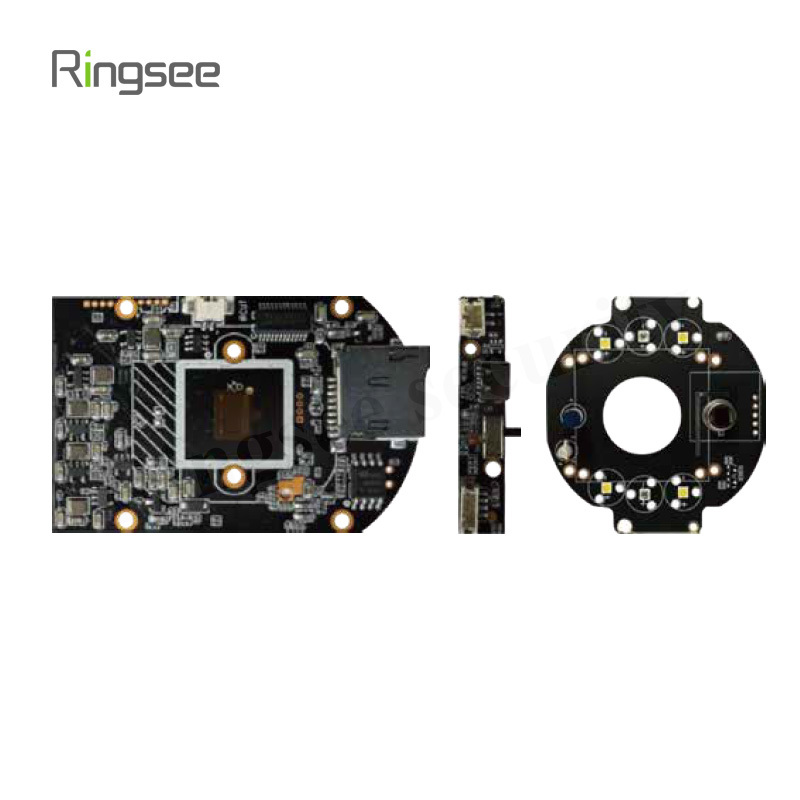
Use UV-resistant plastics or coatings on enclosures.
Seal connectors with waterproof grommets and apply anti-corrosion coatings where necessary.
Optimizing 4G Connectivity
Reduce Data Drain
Use lightweight protocols like MQTT or CoAP over HTTP.
Compress image or video files before upload.
Schedule batch uploads during optimal signal periods.
Enhance Network Reliability
Integrate multi-operator SIMs for fallback in weak signal zones.
Support remote SIM/APN switching.
Monitor and log signal strength (RSSI) and latency metrics.
Maintenance & Scalability for OEMs
Remote Management Features
Enable OTA (Over-the-Air) firmware updates to eliminate on-site servicing.
Monitor system health (battery, solar input, temperature, SIM status) via cloud dashboard.
Modular Hardware Design
Use swappable 4G modules with standard interfaces (e.g., mini PCIe, M.2).
Design separate PCBs for power management, RF, and core logic for easy upgrades.
Testing & Compliance
Verify FCC/CE/ROHS certification of all modules.
Conduct field tests for 4G signal stability and solar charging performance.
Choosing the Right OEM Security Module Supplier
A qualified OEM security module supplier can provide:
Pre-certified 4G modules optimized for solar IoT integration.
Custom firmware services for power control and data transmission.
Reference designs, development kits, and integration support.
Long-term component supply assurance for scaling production.
Pro Tip: Always ask for real-world deployment references and lab test results before locking in a supplier.
Conclusion
Integrating solar power and battery systems with 4G modules requires more than basic electrical connections. System designers must account for power efficiency, environmental resilience, network optimization, and long-term maintainability.
By following these engineering principles and collaborating with experienced OEM security module suppliers, you can confidently develop robust, solar-powered 4G camera systems and IoT devices that meet today's demands for mobility, reliability, and sustainability.
Prev:
Related News
Integrating Solar and Battery with 4G Modules: What System Designers Must Know
As smart surveillance and remote IoT applications expand into off-grid and low-infrastructure areas, solar-powered 4G camera systems are becoming the go-to solution. For OEMs and device integrators, successful deployment hinges on deep technical understanding of power, connectivity, and environmental resilience.
Jun 20,2025
Unlocking the Future of Security: How AI-Based Surveillance Systems Are Transforming Safety
This is where AI-based surveillance systems step in—blending artificial intelligence with modern surveillance to create more efficient, intelligent, and adaptable security systems.
Jun 18,2025
Why "Black Light" Technology Is Quietly Disrupting the Night Security Camera Game
In the silent arms race of security camera tech, a new contender is rewriting the rules of what cameras can see in the dark — and it doesn’t blink.Forget infrared. Forget the annoying red glow that gives away your hidden camera. Black Light technology is here, and it’s changing everything we thought we knew about night vision.
Jun 17,2025
Low-Power Modules for 4G Security Cameras: Efficiency Meets Innovation
As global demand for wireless surveillance continues to rise, 4G security cameras have become the go‑to solution for remote and off‑grid monitoring. However, one of the key engineering challenges lies in balancing powerful connectivity with energy efficiency.
Jun 16,2025
How to Choose the Right Home Security Camera: A Comprehensive Buying Guide
Learn how to choose the best home security camera based on resolution, night vision, smart detection, storage options, and installation needs.
Jun 13,2025
Add: 14th Floor, Baoshan Building, Longhua District, Shenzhen China.
Privacy Policy | SEO | CitySite | Support: 300.cn Dongguan
COOKIES
Our website uses cookies and similar technologies to personalize the advertising shown to you and to help you get the best experience on our website. For more information, see our Privacy & Cookie Policy
COOKIES
Our website uses cookies and similar technologies to personalize the advertising shown to you and to help you get the best experience on our website. For more information, see our Privacy & Cookie Policy
These cookies are necessary for basic functions such as payment. Standard cookies cannot be turned off and do not store any of your information.
These cookies collect information, such as how many people are using our site or which pages are popular, to help us improve the customer experience. Turning these cookies off will mean we can't collect information to improve your experience.
These cookies enable the website to provide enhanced functionality and personalization. They may be set by us or by third-party providers whose services we have added to our pages. If you do not allow these cookies, some or all of these services may not function properly.
These cookies help us understand what you are interested in so that we can show you relevant advertising on other websites. Turning these cookies off will mean we are unable to show you any personalized advertising.

